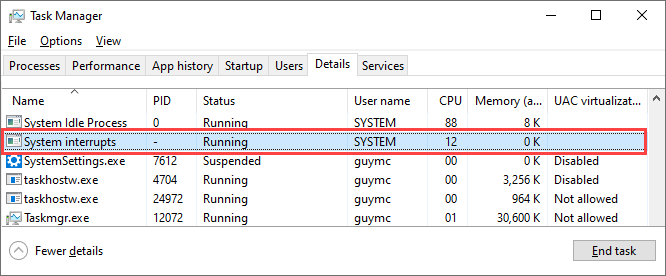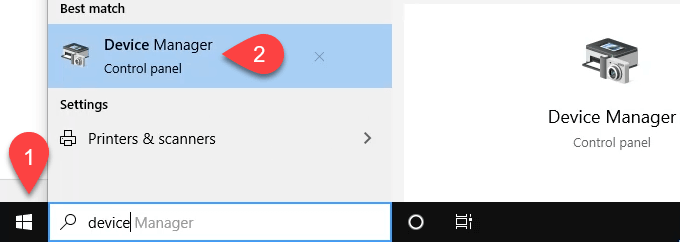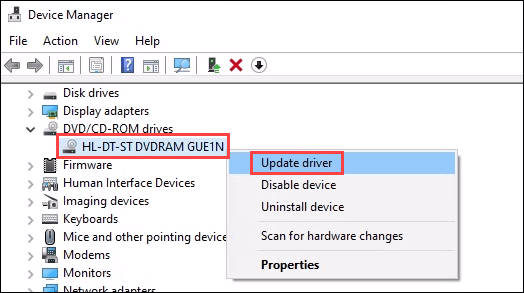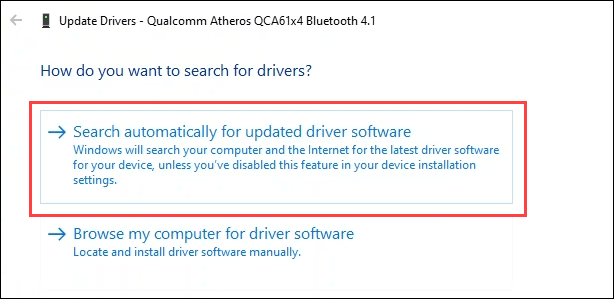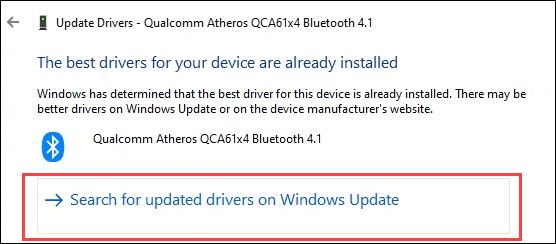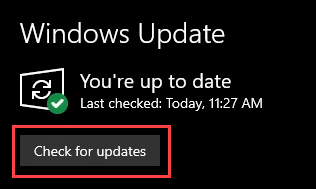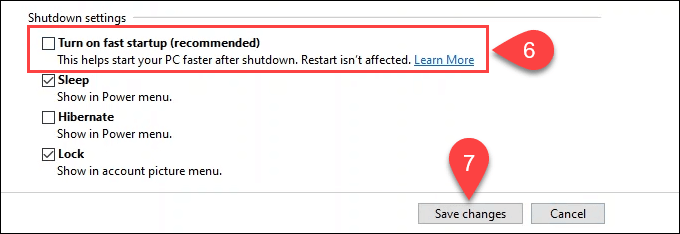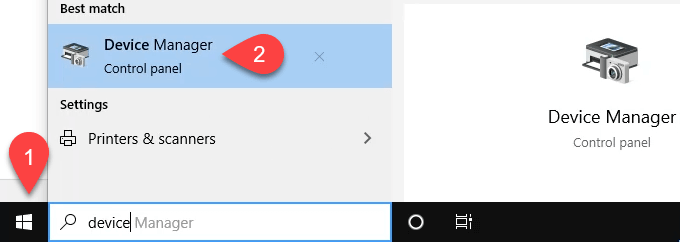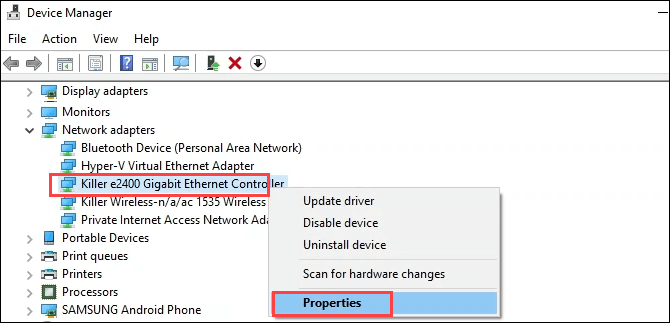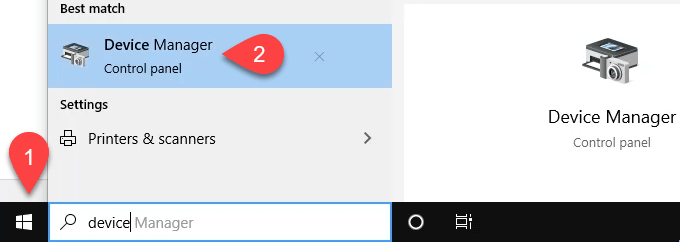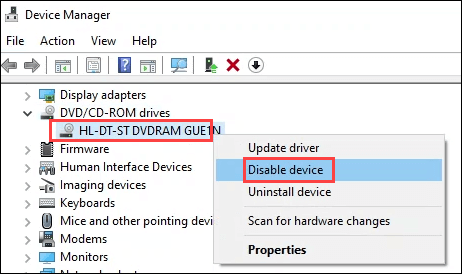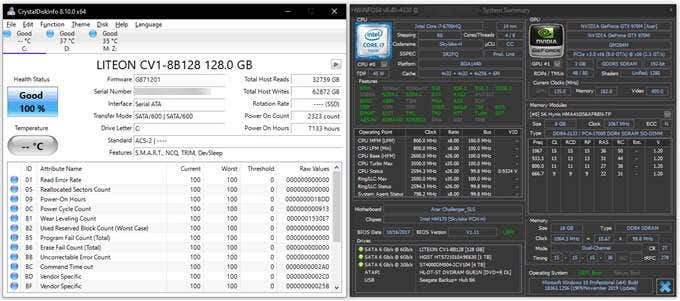The following are the steps to troubleshooting this issue. We’ll go into greater detail below. They’re listed from the easiest to the most complicated: After each of these steps, use Task Manager to see if CPU usage for System Interrupts has dropped.
What Is a System Interrupt?
Believe it or not, computers can only do one thing at a time. They just do it really fast, so it seems like they’re multitasking. The hardware in your computer has to ask to get their tasks done. Sometimes they have to interrupt other tasks. It’s like kids interrupting parents. Kids’ needs are essential too, but getting an adult’s attention can go well or be disruptive. The same goes for hardware system interrupts.
How Much CPU Should System Interrupts Use?
Maybe you’re looking at it and thinking 5% is too high. It can vary from computer to computer, but if it’s higher than 10%, there’s an issue. It’s time to do something.
Restart the Computer
Have you tried turning it off and then on again? Yes, that old chestnut again. Why? Because it often works. There are a billion things that go into starting Windows and sometimes things don’t go right. Try it again and it might go right. It’s the simplest, easiest, fastest thing to do, and it works more often than not.
Update the Drivers
Since the high CPU system interrupt issue is almost always hardware related, try updating the drivers. It’s a simple and easy approach that often works. Plus, it’s good to always keep drivers updated.
Disable Fast Startup
Fast Startup’s job is to put your computer into a deep sleep that it seems like it’s off. So when you start it again, it’s more like waking it up. This deep sleep state can sometimes cause problems for hardware. The reasons behind that are complex and beyond this article. To do this, you’ll need Administrator privileges on the computer.
Disable Magic Packet
That can’t really be a thing, can it? Yes, Magic Packet is real. It allows for your computer to awaken from standby or sleeping mode when it receives the Magic Packet from the local network. You may have heard this called Wake On LAN (WOL).
Disable Hardware Devices One by One
Some hardware can’t be unplugged. Here’s how to disable them, one by one. When you find the one that drops the System Interrupt CPU usage, that’s the hardware to fix.
Remove External Hardware One by One
Chances are you already disabled external hardware in the previous method. But maybe you missed something.
Check for Failing Hardware
It’s possible that a piece of hardware may be close to failure and intermittently causes the System Interrupts high CPU issue. Use our How to Diagnose, Check, and Test for Bad Memory as a guide to check your RAM. We also share 15 Windows Diagnostics Tools to Improve Your PC’s Health. Especially useful is HWiNFO and CrystalDiskInfo. Both are available as portable apps to run from a USB stick, so they don’t require a full installation.
Update BIOS
This is the last thing you should do. BIOS can go bad and make your computer useless, possibly requiring a new motherboard or replacing the computer. So first, check if a BIOS update is needed. The article the link goes to also tells you how to do the update. If you’re not comfortable doing this, then take your computer to a respected computer shop. They can also check the hardware for you.
The System Interrupts CPU Usage is Still Too High
You have two choices. Take the computer to a certified, competent computer technician or upgrade the computer. Don’t feel bad, you’ve done your best. Remember, the average computer’s maximum life span is 5 years. Each year is like 14 years to your computer’s health. Be kind to it.


